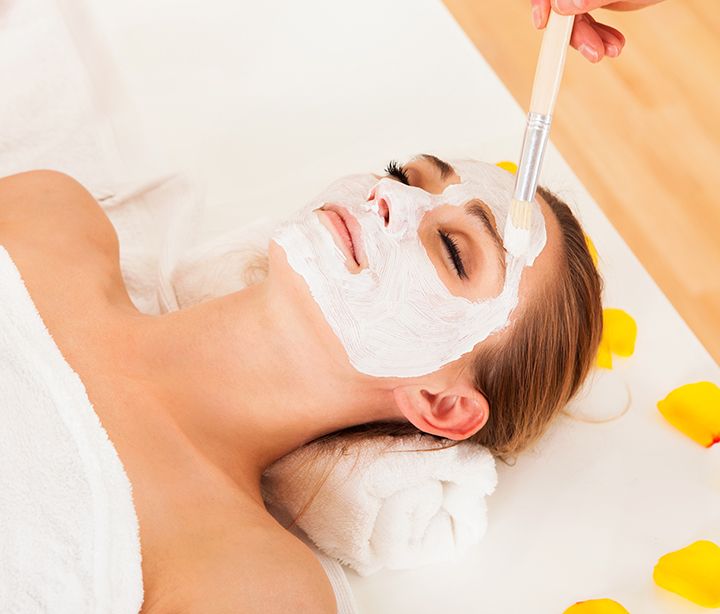If the words ‘chemical peel’ immediately bring forth images of Samantha Jones’ irritated complexion in Sex & The City, we’ve got news for you. If done right, these peels can actually cure a host of problems, such as pigmentation, acne, scars and wrinkles. However, before you go out and book one, here are a few things you need to keep in mind.
1. What Is The Purpose Of A Chemical Peel
Essentially, a peel is a type of exfoliation for your skin. Rather than using harsh scrubs and granules, a single or a cocktail of ingredients are used to slough off your dead skin. Apart from curing your skin problems, this procedure also allows your skin care products to penetrate deeper in the future, thus making them more effective.
2. What Ingredients Are Going To Be Used
It’s important to visit your dermatologist to ascertain which peel will work best for your skin type. Usually, glycolic peels are suggested for those with discolourations or ageing issues, whilst lactic acid based ones can be offered to those with sensitive skin. If acne is one of your main woes, discuss the possibility of a salicylic acid formula. Your dermatologist could even recommend a mixture of these acids in your peel.
3. How Many Sessions You Will Require
Unfortunately, one treatment isn’t going to do the trick. Whilst you sometimes can see visible improvements after one go, regular peels are advised if you want lasting benefits. After all, with each peel you allow the next slew of ingredients to act better.
4. Pre-Peel Care
A week before you go in for a peel, stop using any retinol or exfoliating products at home. This will prevent any skin irritation. Also, avoid any hair removal procedures such as threading, waxing or depilatories a week prior to your appointment.
5. The Procedure
Typically, your skin care expert will prep your skin first to ensure a smooth base for the peel. Once the peel is on, you may experience a tingling and/or a tightening sensation. However, if you feel absolutely nothing, don’t be alarmed as every skin type reacts differently. Depending on the type of formula you have selected, the peel could be left on your skin for a few minutes or left to neutralize over the hours.
6. The Recovery Period
Generally, the peeling process lasts for about 3-5 days, along with a reddened complexion. On the other hand, some people may not actually see any visible peeling post the treatment. The actual peeling happens at a cellular level, so you may not shed at all. Usually, the more intense the peel, the more the flaking.
7. Post-Peel Care
This is by far the most important thing you need to take care of. Since this treatment exposes new skin cells, your face will be more sensitive. Hence, you must be diligent in using and reapplying a sunscreen every single day. In addition, follow the prescription that your dermatologist will give you so that you can derive the maximum benefits.
Have you ever tried a chemical peel? Let us know about your experience in the comments below.
P.S. For more beauty updates, follow @missmalinibeauty on Instagram.

